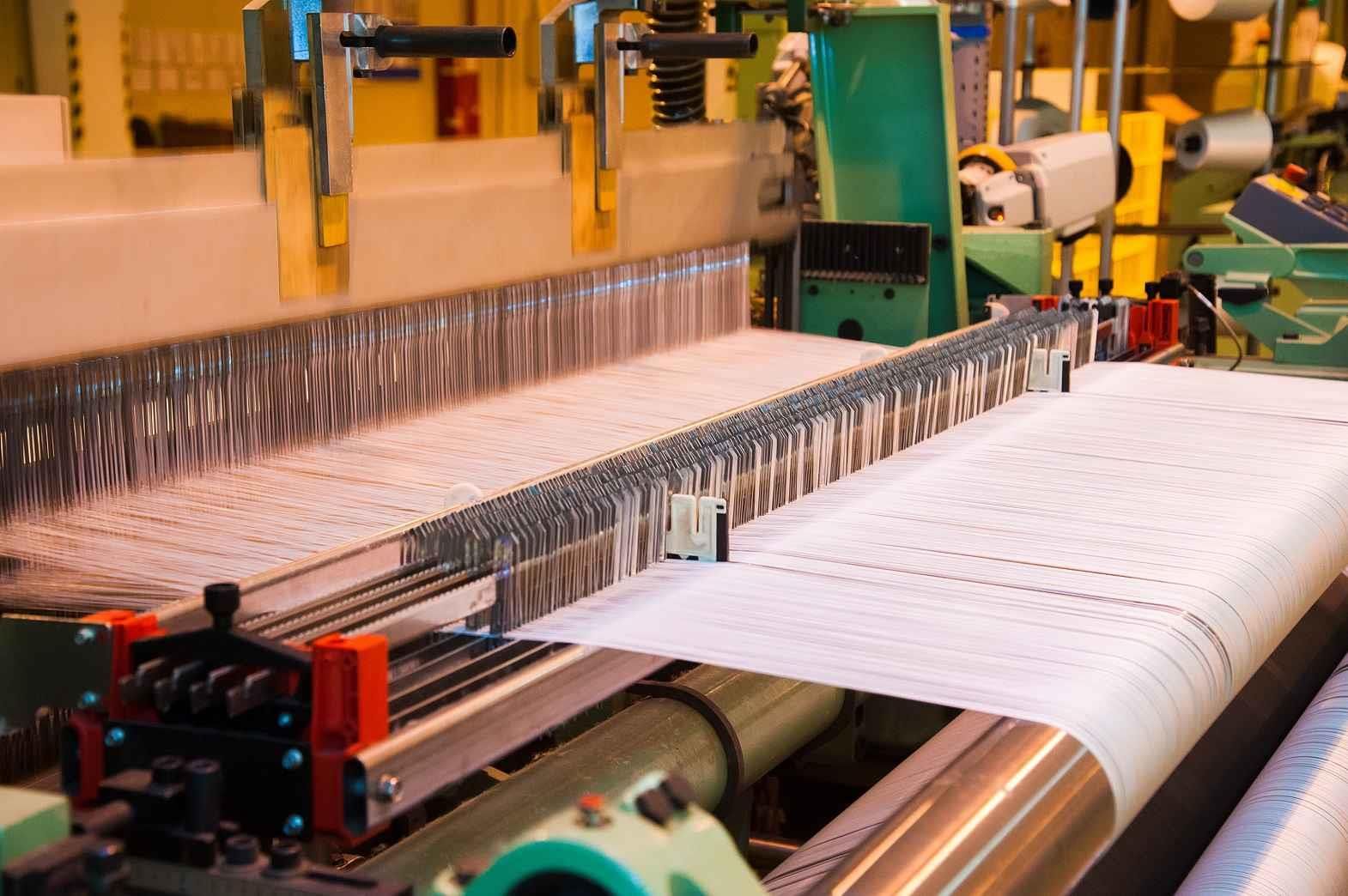The textile industry can be broadly categorized into two main sectors: production and trade. Production encompasses manufacturing units, factories, and designers responsible for creating finished textile goods that are later made available to consumers through various retail outlets. Trade, on the other hand, includes retail shops, boutiques, and similar establishments through which consumers can access and purchase these finished products.
Textile manufacturing units are responsible for the production of textiles and apparel. In modern times, they make use of various technologies and machinery to increase production efficiency. Software applications also play a crucial role in simplifying and managing the production processes.
The textile production process can be broken down into four primary categories: spinning of fibers to create yarn, weaving the spun yarn into fabric, dyeing, printing, and finishing the fabric, and manufacturing garments from the fabric. Each of these processes holds a crucial role in the overall textile production.
Software applications have been developed to aid manufacturing units in their operations. For example, software such as Spin ERP or Spin Star is utilized in yarn spinning companies to manage various processes related to spinning.
Similarly, software programs assist at various stages of weaving, including displaying weaving patterns, planning weave structures, and tie-ups.
In order to convert a fabric into a full fledged garment, various applications can be employed in the manufacturing unit. CAD software enables owners to view the product in mind on a mannequin even before it is manufactured. Texture mapping software can also be availed. Pattern making software lets you make patterns in accordance to the measurements you have in mind.
Production is not the only activity carried out in a textile manufacturing unit. A manufacturing unit has various other departments and tasks to handle. Software applications that take care of all the processes are also available in the market. Product Lifecycle Management and Enterprise Resource Planning are examples for the same.
Trade is one more important aspect of the textile industry. If this aspect were to vanish, how is the manufactured product supposed to reach the end consumer? The global apparel retail industry is a vast industry worth almost $1031.5 billion. It is expected to reach around $1162.8 billion by the year 2014.
The main activities that ought to be carried out in a textile retail business can be divided into three main parts - management of stock and inventory, retail operations, and finance and billing management. Various software programs have been designed to assist retailers in carrying out these functions efficiently.
It is not easy to control and manage the large stock in a textile retail store. Minor errors in stock and inventory management may result in huge losses. The stock needs to be transported from go-downs to shops regularly. In order to ensure that the stock is maintained properly, retailers resort to stock and inventory management software.
Inside retail stores, a number of tasks require your attention. You may not be able to justly attend to all. Software solutions that enable you to complete every task with maximum accuracy and least concentration are present. They enable retailers to shift their focus from paper work and management to marketing and promotion.
Point of Sale (POS) software assists retailers at billing counters. They are generally installed near to the exit door and at the counter. It helps in managing all the data related to finance and accounting, systematically and efficiently. It is the most sought after software application in the apparel retail business.
There are many software programs present in the market. They help in almost all kinds of activities carried out in the textile manufacturing unit and retail stores. Having them installed in the business house eases many tasks. It leads to lesser demand for employees. Software applications can handle many tasks without any human being.
References:
- Articlebase.com
- Textilelearner.blogspot.in
- Ntutrump.wikispaces.com








Comments